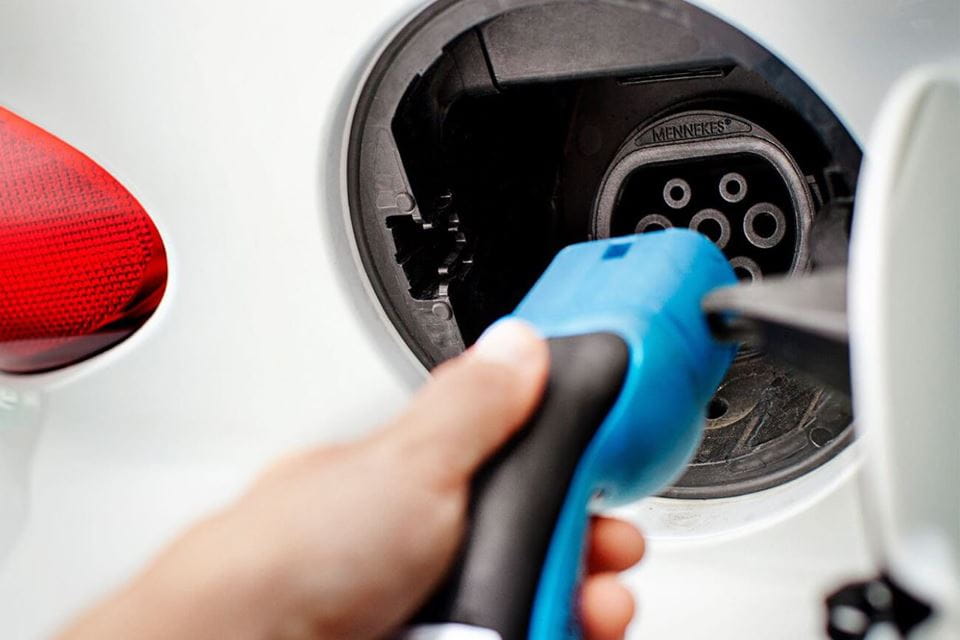
Plug-in hybrid vs. hybrid vs. electric
What's the difference?
What's the difference?
What is the difference between electric vehicles and plug-in hybrids? We provide an overview so that you can decide whether your driving pattern and needs are best suited to a pure electric vehicle or a plug-in hybrid.

Hybrid
A hybrid car is powered by a combination of an electric motor and a combustion engine. It only uses the electric motor when accelerating and at speeds of up to 25 km/h, making it an ideal vehicle for the cities. If the speed increases, the internal combustion engine kicks in. The electric motor is charged every time you brake while driving.

Plug-in hybrid
The plug-in hybrid car has a combustion engine and a battery. Besides charging the battery while driving, you mainly charge it by plugging it in at home or on the go. This gives plug-in hybrids a far greater range than parallel hybrids. The current plug-in hybrids can typically run 50 km on electricity and then petrol when the battery is empty.

Electric
A battery electric vehicle (BEV, but also called EV) is powered by a large battery connected to at least one electric motor. There is no petrol, gas or diesel involved. Battery-powered electric vehicles are becoming increasingly common and affordable, thanks to the rapidly growing range of innovative models from both relatively new companies like Tesla and established automakers like Audi, BMW, Mercedes, Volkswagen and Nissan. At the same time, the charging infrastructure and technology are also constantly being developed and improved, while the worldwide charging network has grown exponentially in recent years.


